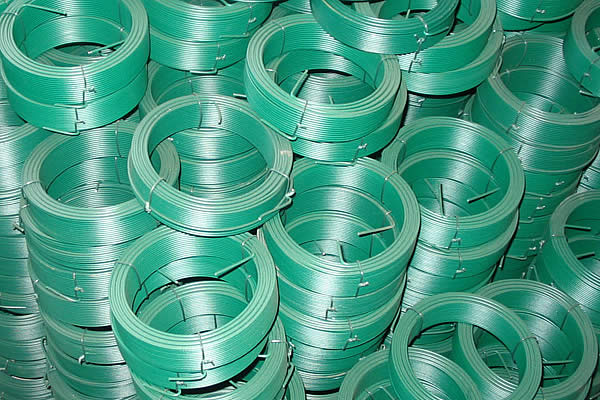 TEL:
+86-13102802206
TEL:
+86-13102802206
 Email:
fencenetting@china.com
Email:
fencenetting@china.com
 Language
Language
 TEL:
+86-13102802206
TEL:
+86-13102802206
 Email:
fencenetting@china.com
Email:
fencenetting@china.com
 Language
Language


Temporary Acoustic Fencing An Effective Solution for Noise Control
In today’s ever-busy world, noise pollution has become an increasingly significant concern, particularly in urban environments where construction, transportation, and industrial activities generate substantial sound levels. One innovative and effective solution to mitigate this issue is the use of temporary acoustic fencing. This method is not only practical but also adaptable, making it suitable for various applications.
Temporary acoustic fencing is designed to create a barrier that reduces sound transmission from one side to the other. Typically constructed from sound-absorbent materials such as plywood, vinyl, or specialized acoustic panels, these fences can be erected quickly and efficiently. Their portability makes them ideal for temporary projects, such as construction sites, outdoor events, or festivals, where noise control is paramount.
Benefits of Temporary Acoustic Fencing
1. Noise Reduction The primary advantage of temporary acoustic fencing is its ability to significantly reduce noise levels. By absorbing and deflecting sound waves, these barriers protect nearby residents, businesses, and other stakeholders from excessive noise.
2. Flexibility Unlike permanent structures, temporary acoustic fences can be installed and removed with ease, allowing businesses and construction sites to adapt to changing needs without long-term commitments. This flexibility is particularly beneficial for short-term projects and events.
3. Compliance with Regulations Many municipalities have stringent noise control regulations, especially in residential areas. Installing temporary acoustic fencing can help ensure compliance with these rules, avoiding fines and complaints from the community.

4. Enhanced Privacy In addition to noise reduction, these fences also provide an element of privacy for both workers and residents. People living near construction sites or outdoor events appreciate the visual barrier, which can help them feel more secure and comfortable in their homes.
5. Environmental Considerations Temporary acoustic fencing can be designed with eco-friendly materials and is often reusable. This aspect aligns with the growing demand for sustainable practices in construction and event planning.
Applications of Temporary Acoustic Fencing
Temporary acoustic fencing is suitable for a multitude of scenarios. In construction, these barriers can be set up to minimize the impact of heavy machinery and other noisy activities on nearby neighborhoods. Similarly, during outdoor festivals, concert events, or sporting activities, they can help control sound levels, ensuring that attendees enjoy the event while minimizing disturbances to surrounding residents.
Moreover, temporary acoustic fencing is also beneficial in industrial settings, where operations can produce loud sounds that may interfere with local communities. By implementing these barriers, companies can demonstrate their commitment to being responsible corporate citizens, working to reduce their environmental footprint and maintain good neighborly relations.
Conclusion
As urbanization continues to expand and the demand for space increases, the importance of managing noise pollution cannot be understated. Temporary acoustic fencing presents a feasible, effective solution for a variety of situations—from construction sites to public events—serving not only to protect the environment but also to enhance the quality of life for individuals living and working nearby. Its benefits of noise reduction, flexibility, regulatory compliance, enhanced privacy, and environmental sustainability make it a valuable option for addressing one of the modern world's pressing issues. As technologies and materials continue to advance, we can expect even more efficient and effective solutions in the realm of noise control, ensuring that our cities can thrive amid the challenges of sound pollution.